9 Study Strategies for Visual Learners Every Student Should Know
Here are the absolute best study strategies for visual learners.
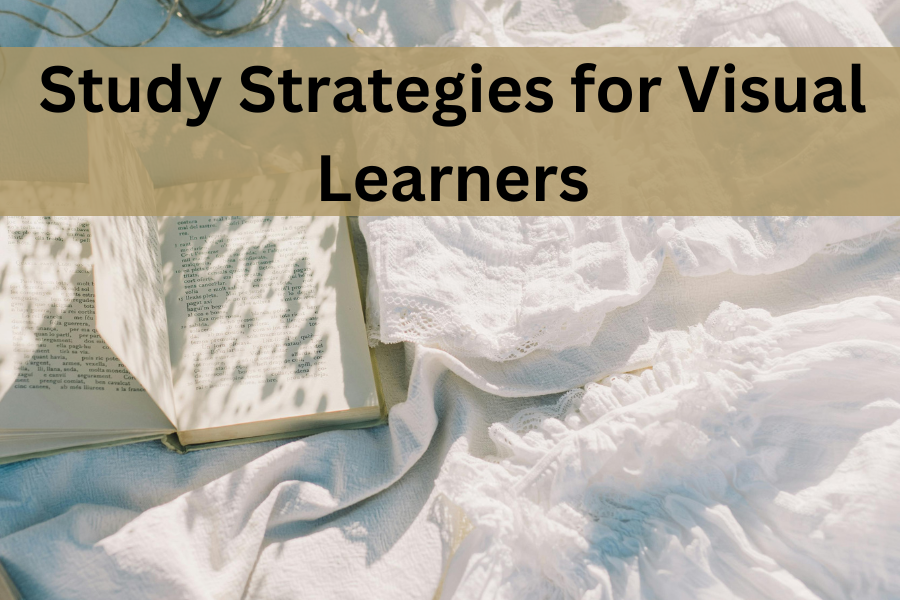
Are you someone who learns best when you can see things in action or through pictures and diagrams? If that sounds like you, then you're in the right place.
Although all learning styles are helpful for everyone, most people have a specific learning style that they like more. Visual learners have a unique advantage in their ability to absorb information through images, charts, and diagrams. This learning style taps into the brain's visual processing capabilities, making it easier to understand complex concepts and connect ideas visually.
Whether it's prepping for tests or diving deep into complex topics, we've got you covered. Here are 9 great study strategies for visual learners.
This post is all about study strategies for visual learners.
Study Strategies for Visual Learners
1. Color Coding
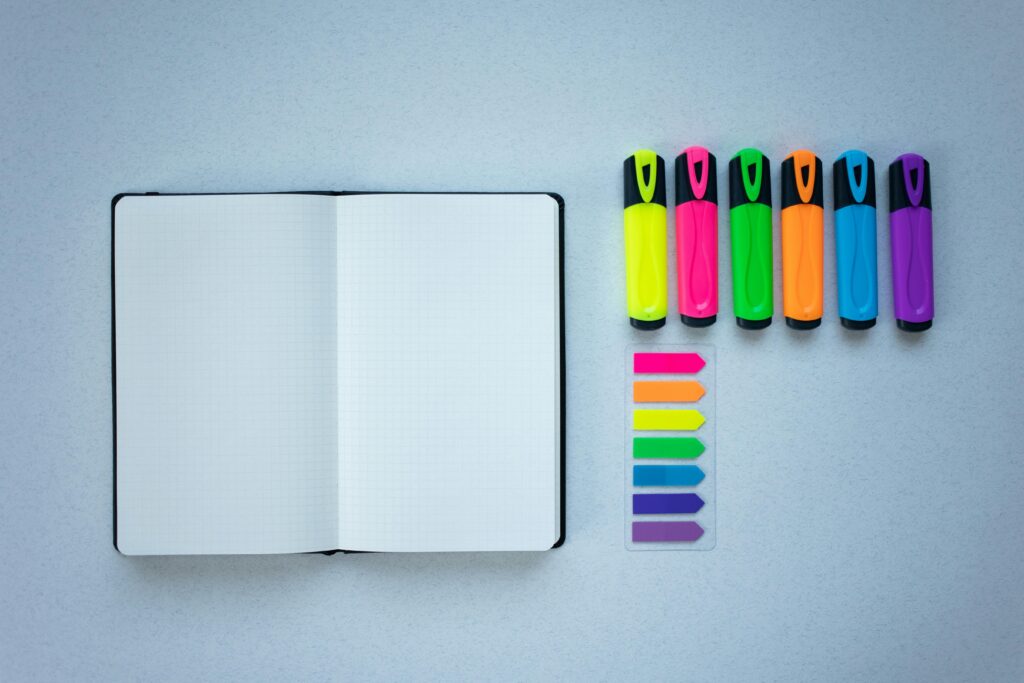
Color coding is a great study strategy for visual learners. It helps visual learners organize information visually, making it easier to process and understand complex concepts. Assigning different colors to categories, topics, or key points creates a visual hierarchy that enhances comprehension and retention.
The use of colors stimulates memory retention among visual learners. When information is associated with specific colors, visual cues trigger memory recall, making it easier to remember details, relationships, and patterns during study sessions and exams.
Color-coded notes and materials capture the attention of visual learners, improving focus and concentration. The visual appeal of colors reduces distractions and keeps learners engaged with the content, leading to more effective studying and learning outcomes. Color coding facilitates quick information retrieval during study sessions and revision. Visual learners can easily locate specific topics or details by recognizing the associated colors, saving time and effort in finding relevant information.
2. Pictures on Flashcards
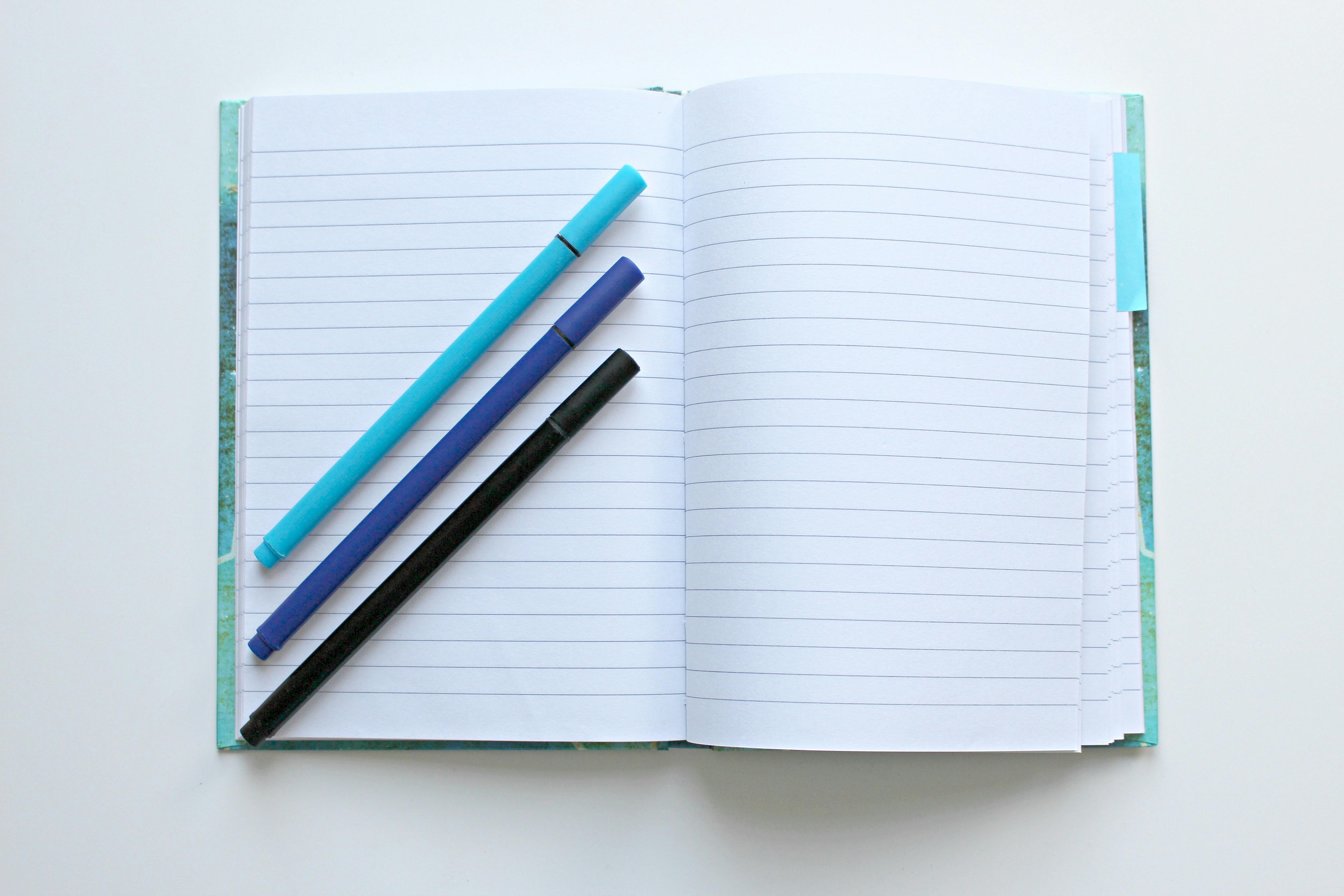
Using pictures on flashcards is an excellent study strategy, particularly effective for visual learners.
Pictures provide a visual representation of concepts or ideas, making abstract or complex information more concrete and understandable for visual learners. Seeing images helps them grasp and remember information more effectively than text alone.
Pictures on flashcards allow visual learners to create associations and linkages between visual cues and corresponding information. These mental connections facilitate deeper understanding, making it easier to connect related concepts and build a cohesive knowledge base. Using both visual (pictures) and verbal (text) information on flashcards engages dual coding in the brain, enhancing learning and memory. Visual learners benefit from this dual representation as it reinforces learning through multiple channels.
Pictures on flashcards are versatile and can be used in various study contexts, including vocabulary building, concept review, memorization of facts, and learning new skills. Visual learners can adapt the use of pictures based on their learning goals and preferences.
3. Diagrams and Charts
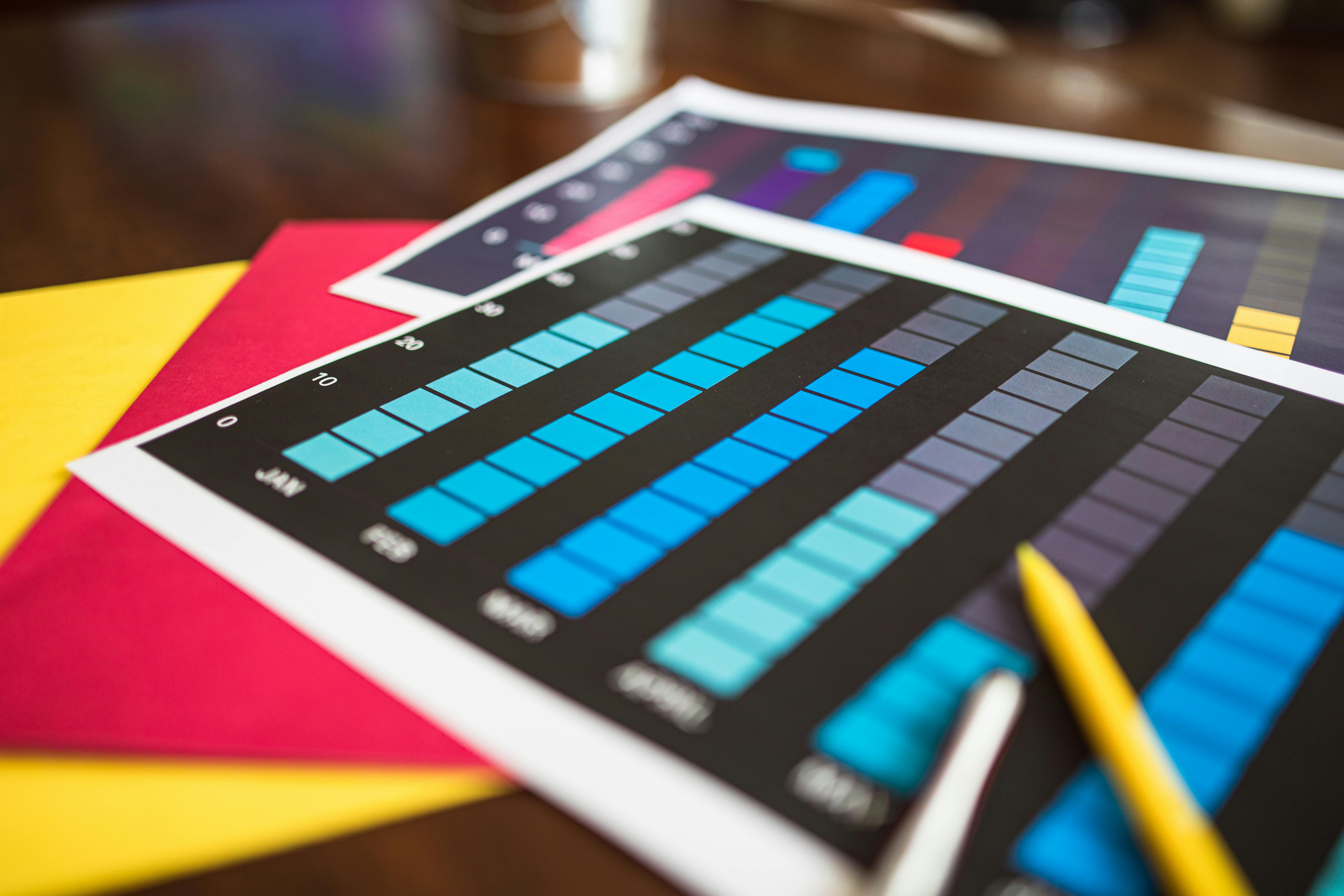
Using diagrams and charts is an exceptional study strategy, especially beneficial for visual learners.
Diagrams and charts provide visual representations of information, making abstract concepts or complex data more accessible and understandable for visual learners. Visual representations help learners see the relationships between different elements and grasp concepts more effectively.
Visual representations in diagrams and charts enhance memory retention for visual learners. The visual cues and spatial organization help them remember information more effectively, leading to improved recall during exams and assignments. Visual learners can annotate diagrams, label components, create their own charts, or engage in activities that involve manipulating visual elements, promoting active engagement and reinforcement of learning.
Incorporating diagrams and charts into study routines can significantly benefit visual learners by optimizing their learning experience, improving comprehension, and supporting academic success.
4. Graphic Organizers

Graphic organizers are an excellent study strategy, particularly effective for visual learners.
They provide visual representations of information, making complex concepts more accessible and understandable for visual learners. They use shapes, lines, and symbols to organize ideas and create visual hierarchies that enhance comprehension.
Graphic organizers allow visual learners to map out concepts, relationships, and processes visually. They can create concept maps, flowcharts, timelines, Venn diagrams, and other organizers to illustrate connections, sequences, comparisons, and cause-effect relationships.
Using graphic organizers encourages interactive learning experiences. Visual learners can actively engage with the material by creating their own organizers, filling in information, making connections, and revising organizers as they learn new information.
5. Visual Mnemonics
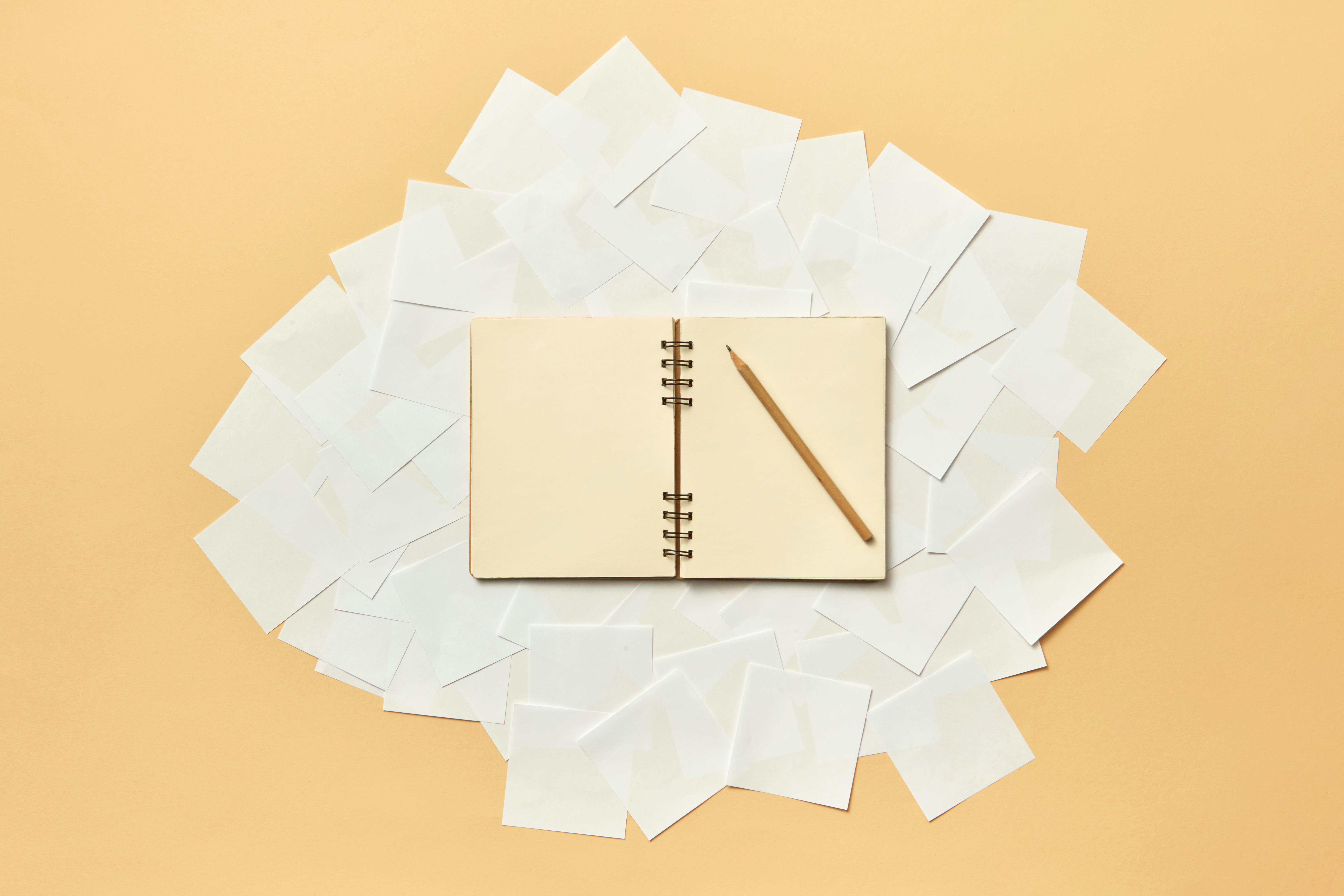
Visual mnemonics are an exceptional study strategy, particularly effective for visual learners. They leverage visual cues and imagery to enhance memory retention among visual learners.
By associating information with vivid and memorable images, learners can recall key details more easily during study sessions and exams. They allow for personalization based on individual learning styles and preferences. Visual learners can create their own visual representations that resonate with them, increasing motivation and ownership of the learning process.
Visual mnemonics facilitate conceptual mapping by organizing information into visual structures or frameworks. Learners can use mind maps, concept maps, flowcharts, or diagrams to connect related ideas, identify patterns, and visualize relationships. Adding visual mnemonics into study routines can significantly benefit visual learners by optimizing their learning experience, improving retention, and supporting academic success.
6. Video Tutorials
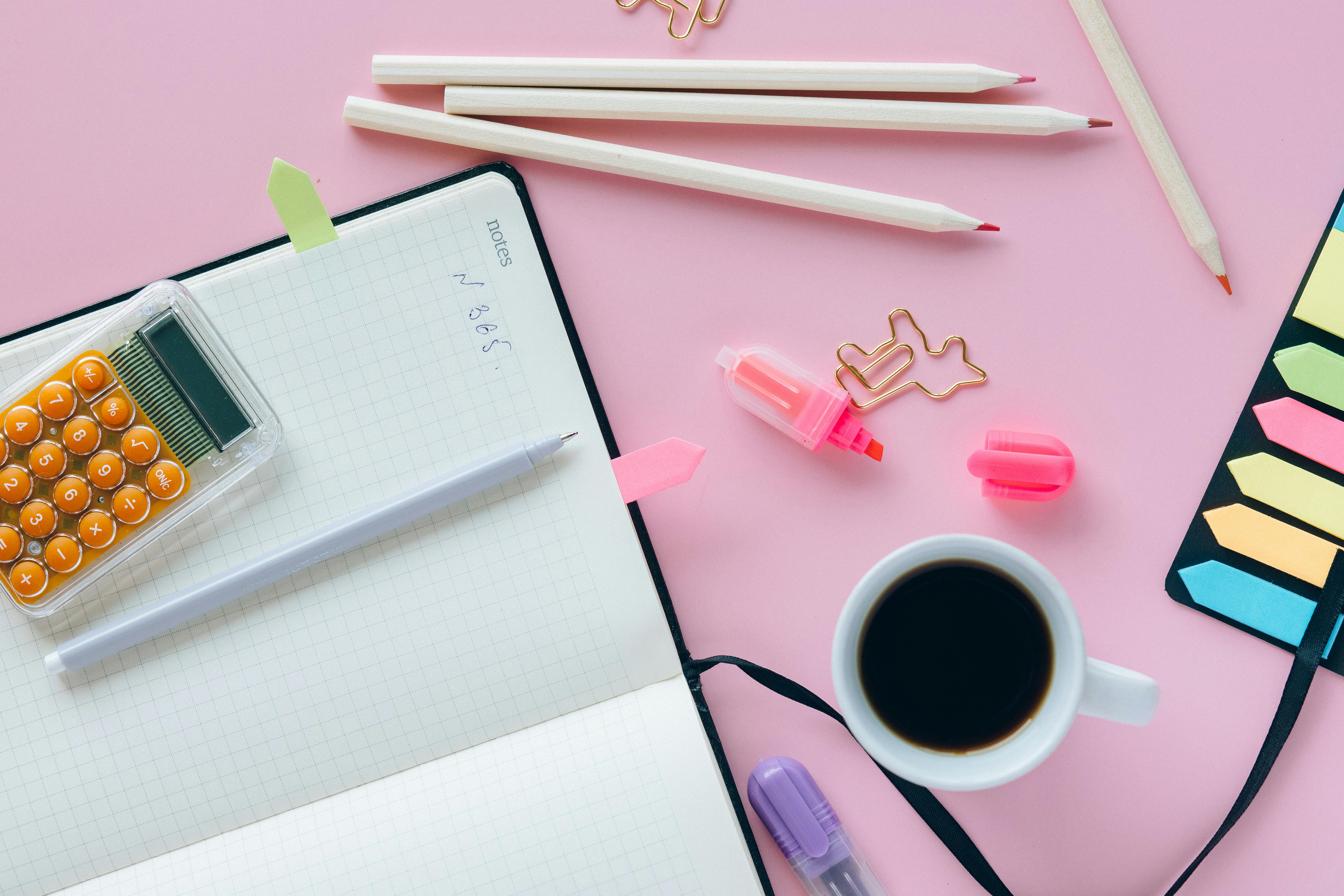
Video tutorials are an excellent study strategy, especially beneficial for visual learners. They engage visual learners through visual and auditory stimuli. Visual learners can see and hear the content, making it more engaging and conducive to learning.
Video tutorials provide step-by-step instructions for tasks, procedures, and problem-solving. Also visual learners can follow along visually, pausing, rewinding, and replaying sections as needed to understand each step thoroughly. And video tutorials include narration and explanation of concepts, providing verbal explanations alongside visual demonstrations. This dual presentation engages auditory and visual learning styles, catering to different preferences.
Video tutorials are a highly effective study strategy for visual learners due to their engagement, demonstration of concepts, and step-by-step instructions.
7. Interactive Diagrams
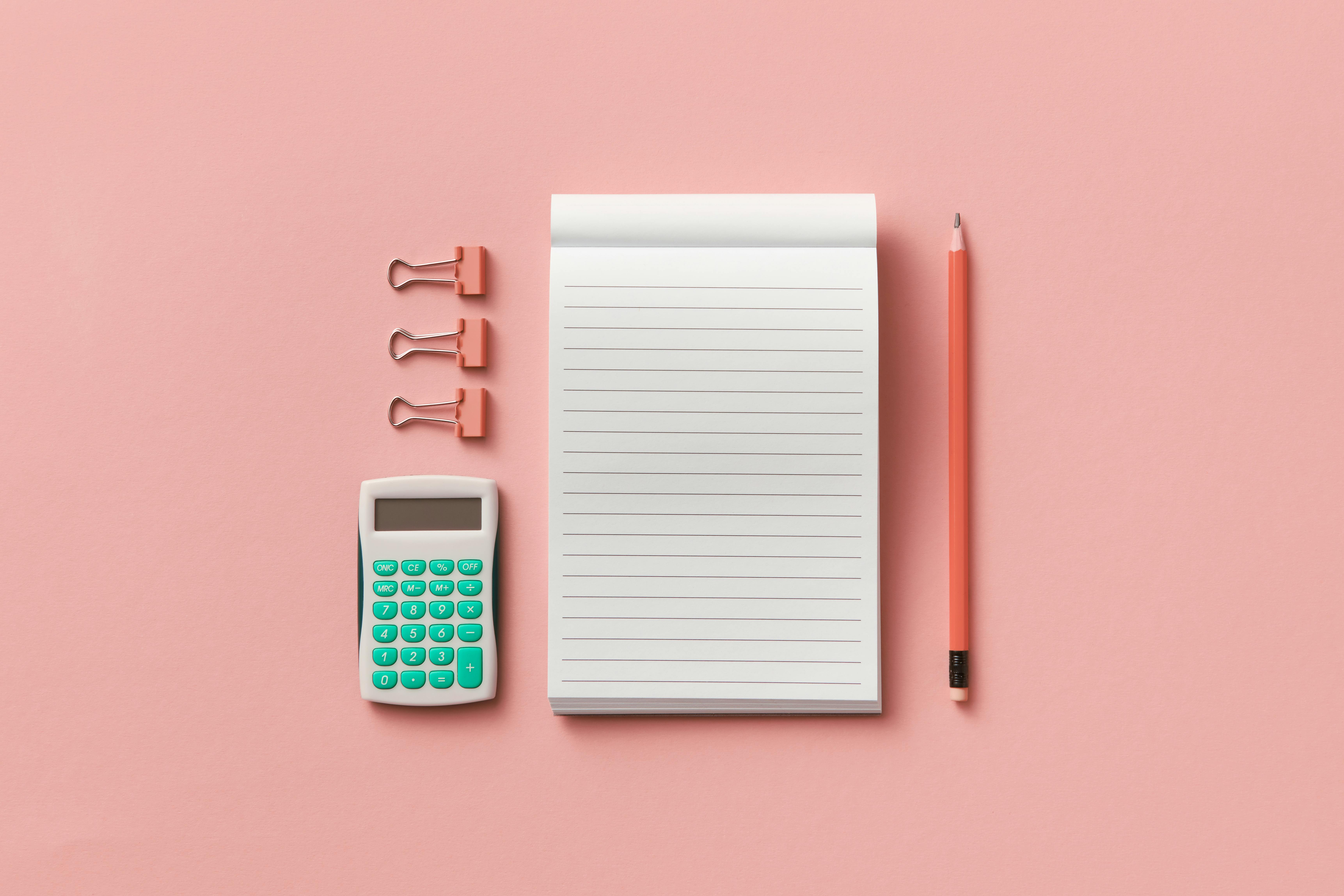
Interactive diagrams are an exceptional study strategy, particularly effective for visual learners. They provide a hands-on learning experience for visual learners. By interacting with the diagram, learners can manipulate objects, zoom in on details, rotate perspectives, and simulate real-world scenarios, fostering experiential learning. Also visual learners can see how components interact, change states, or respond to input, making abstract or complex concepts more tangible and understandable.
They promote conceptual understanding by allowing learners to explore relationships, cause-effect scenarios, and system dynamics visually. Also learners can experiment with variables, observe outcomes, and develop a deeper understanding of concepts. Some interactive diagrams provide real-time feedback to learners based on their interactions. Also visual learners can see immediate results, errors, or successes, allowing for self-correction, reflection, and continuous improvement.
Interactive diagrams are adaptable to different learning contexts and subjects. So, visual learners can use interactive diagrams across various topics, including science simulations, engineering models, geographic maps, mathematical simulations, and more, making learning more dynamic and versatile.
Overall, interactive diagrams can significantly benefit visual learners by optimizing their learning experience, improving comprehension, and supporting academic success.
8. Visual Note-Taking
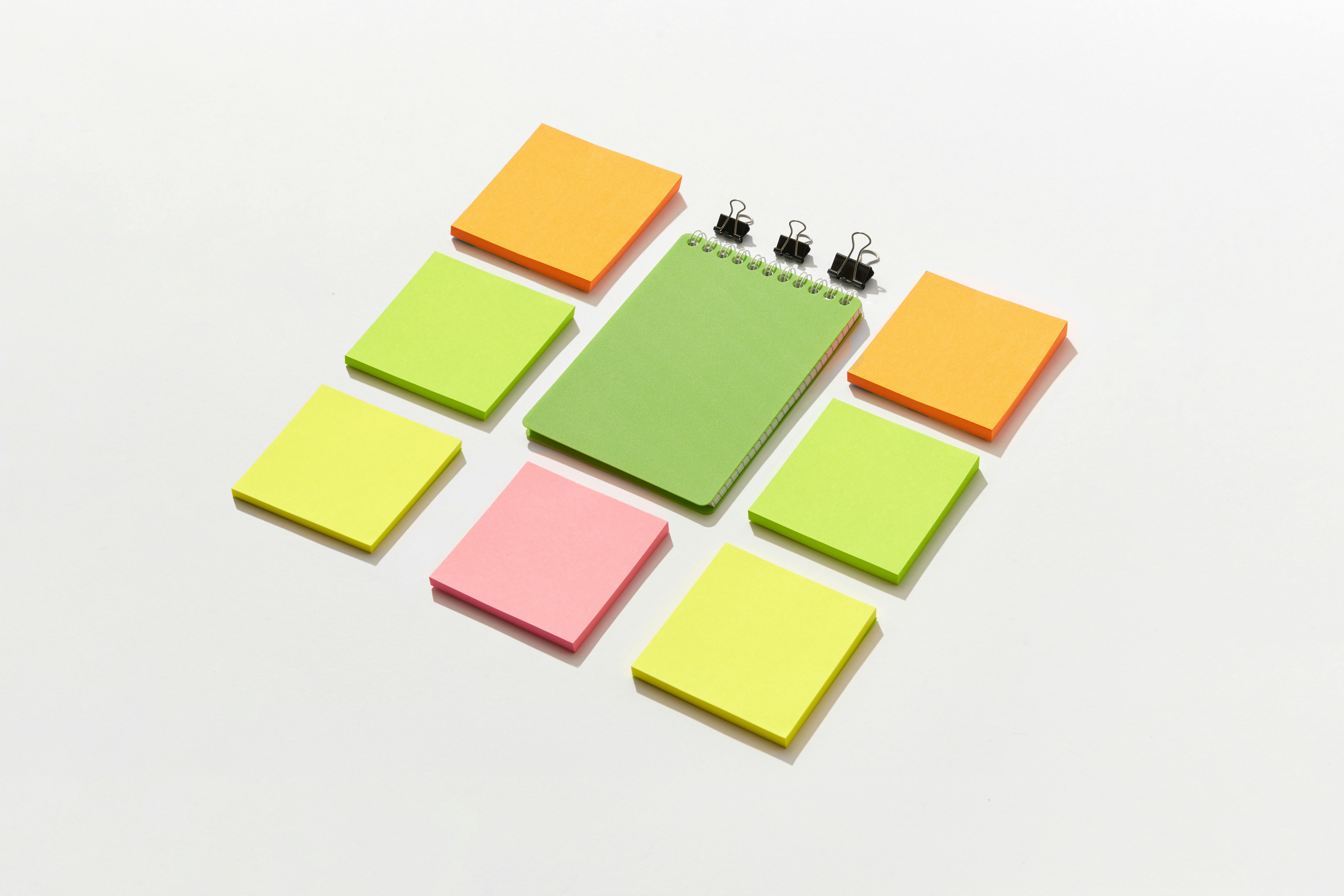
Visual note-taking is an exceptional study strategy, especially beneficial for visual learners.
It engages visual learners by combining text with visual elements such as drawings, diagrams, symbols, and icons. This interactive approach keeps learners actively involved in the learning process, enhancing focus and retention. Also, it provides a visual representation of information, making abstract or complex concepts more understandable. Visual learners can see relationships, connections, and patterns visually, aiding comprehension and memory retention.
Note-taking facilitates concept mapping by visually connecting related ideas, topics, and themes. And, visual learners can create mind maps, flowcharts, timelines, or diagrams that show relationships and sequences, promoting conceptual understanding. Visual note-taking enhances memory retention for visual learners. The combination of text and visuals creates multiple memory cues, making it easier to recall information during study sessions and exams.
Visual note-taking is versatile and can be used across various subjects and learning contexts. Visual learners can create visual notes for lectures, readings, presentations, discussions, or research, adapting the approach to suit different learning materials and goals. Incorporating visual note-taking into study routines can significantly benefit visual learners by optimizing their learning experience, improving comprehension, and supporting academic success.
9. Visual Study Breaks
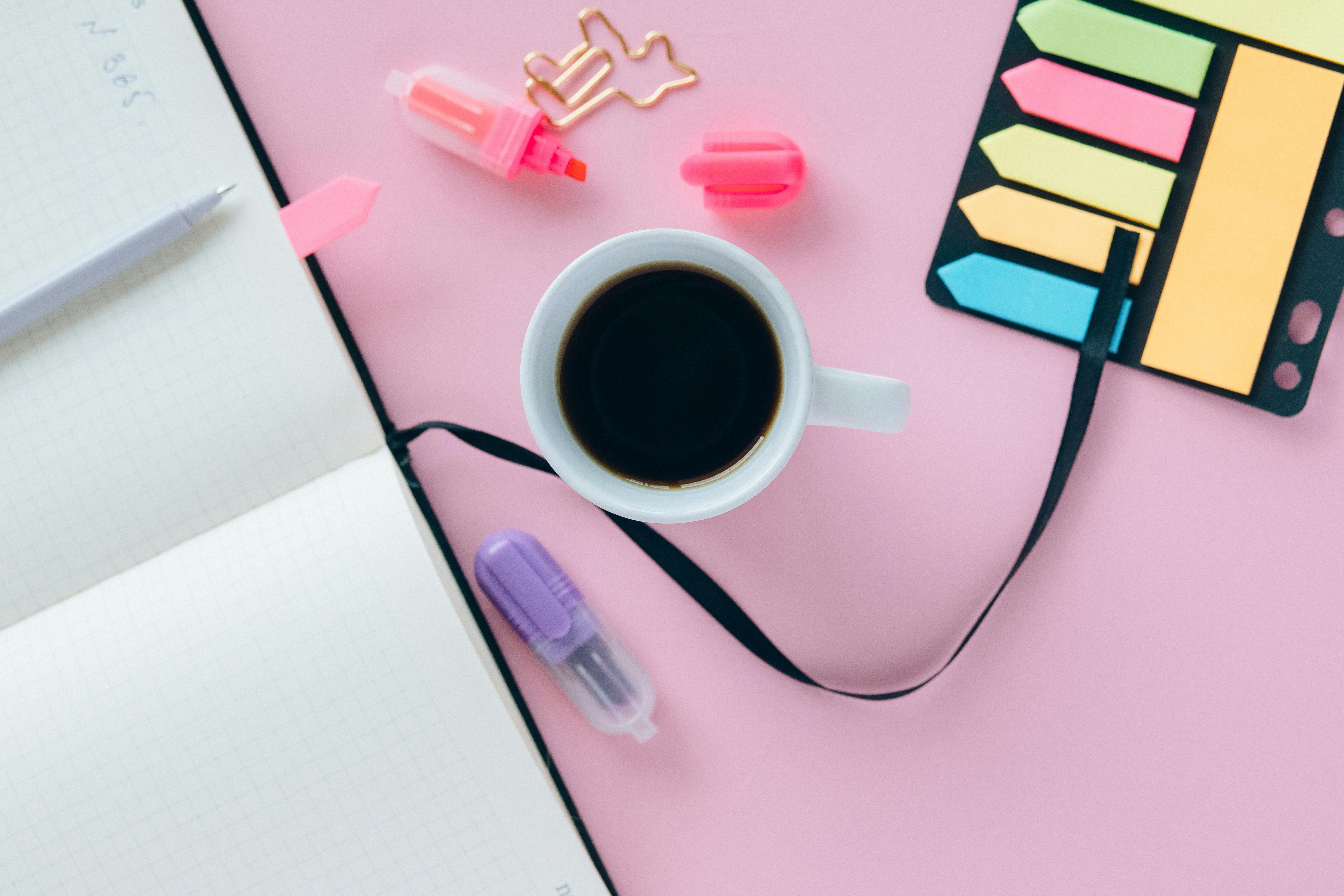
Visual study breaks are an excellent study strategy, particularly effective for visual learners.
These study breaks breaks can inspire creativity and innovation. Visual learners can use breaks to engage in creative activities, such as drawing, doodling, crafting, or exploring art, which stimulates the imagination and fosters a sense of enjoyment. Visual study breaks provide a mental reset for visual learners. Stepping away from study tasks for a short period allows the brain to reset, refocus, and approach studying with renewed energy and enthusiasm.
Visual study breaks can enhance learning by incorporating visual stimuli. Also visual learners can use breaks to watch educational videos, explore visual infographics, or review colorful study materials, reinforcing learning through visual engagement. Visual study breaks allow visual learners to change their environment temporarily. So, you can go for a walk, spend time outdoors, or visit visually stimulating places like art galleries or parks can provide a refreshing change of scenery and perspective.
Incorporating visual study breaks into study routines can significantly benefit visual learners by optimizing their study experience, improving well-being, and supporting academic success.
This post is all about study strategies for visual learners.
Related Posts You Might Like: The Ultimate Guide on: How to Get Straight A's in High School